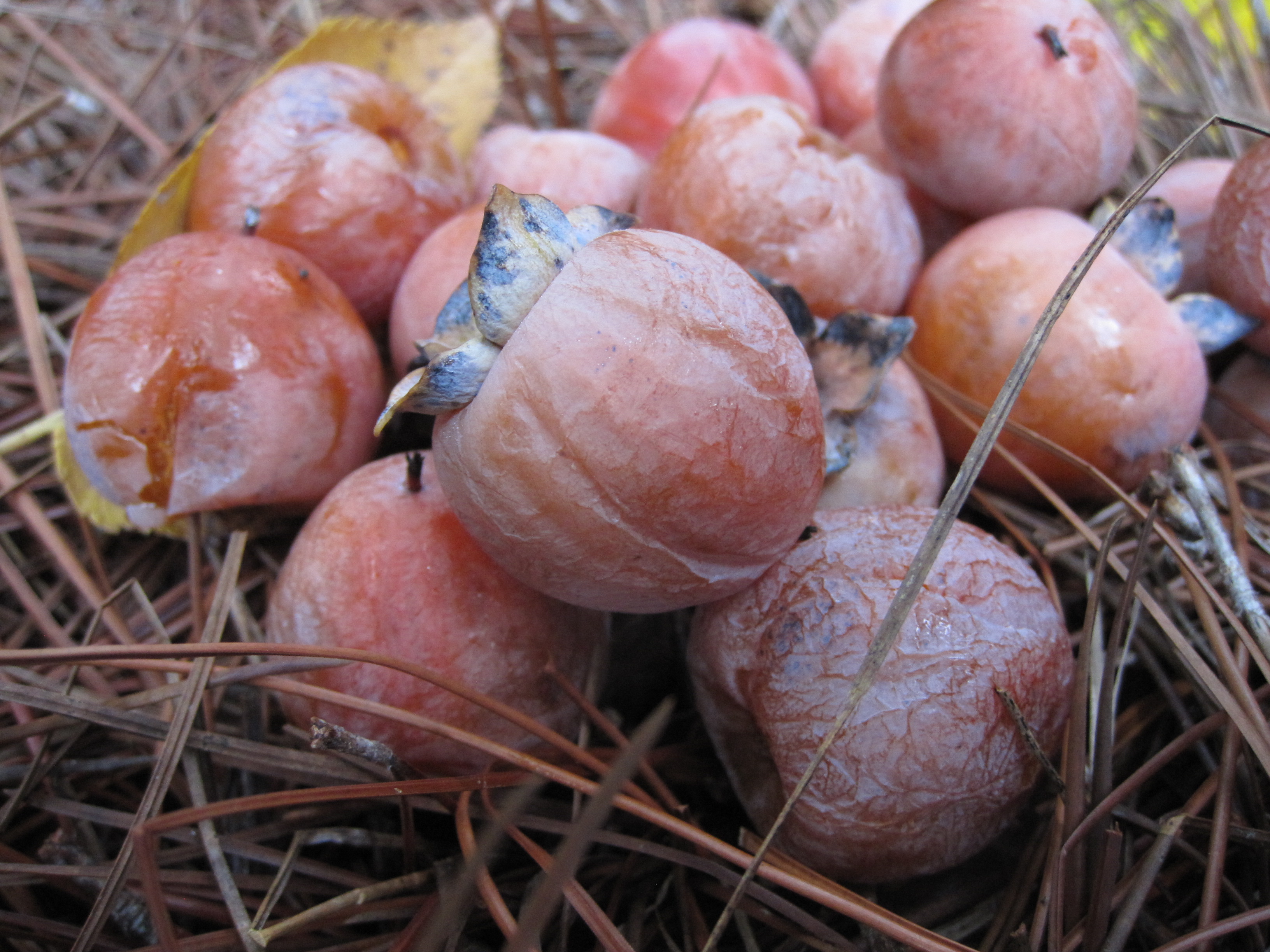
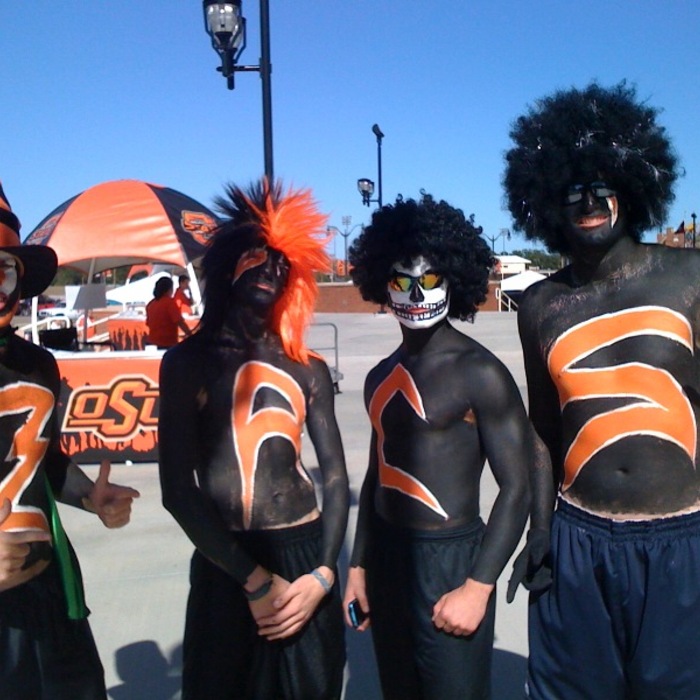
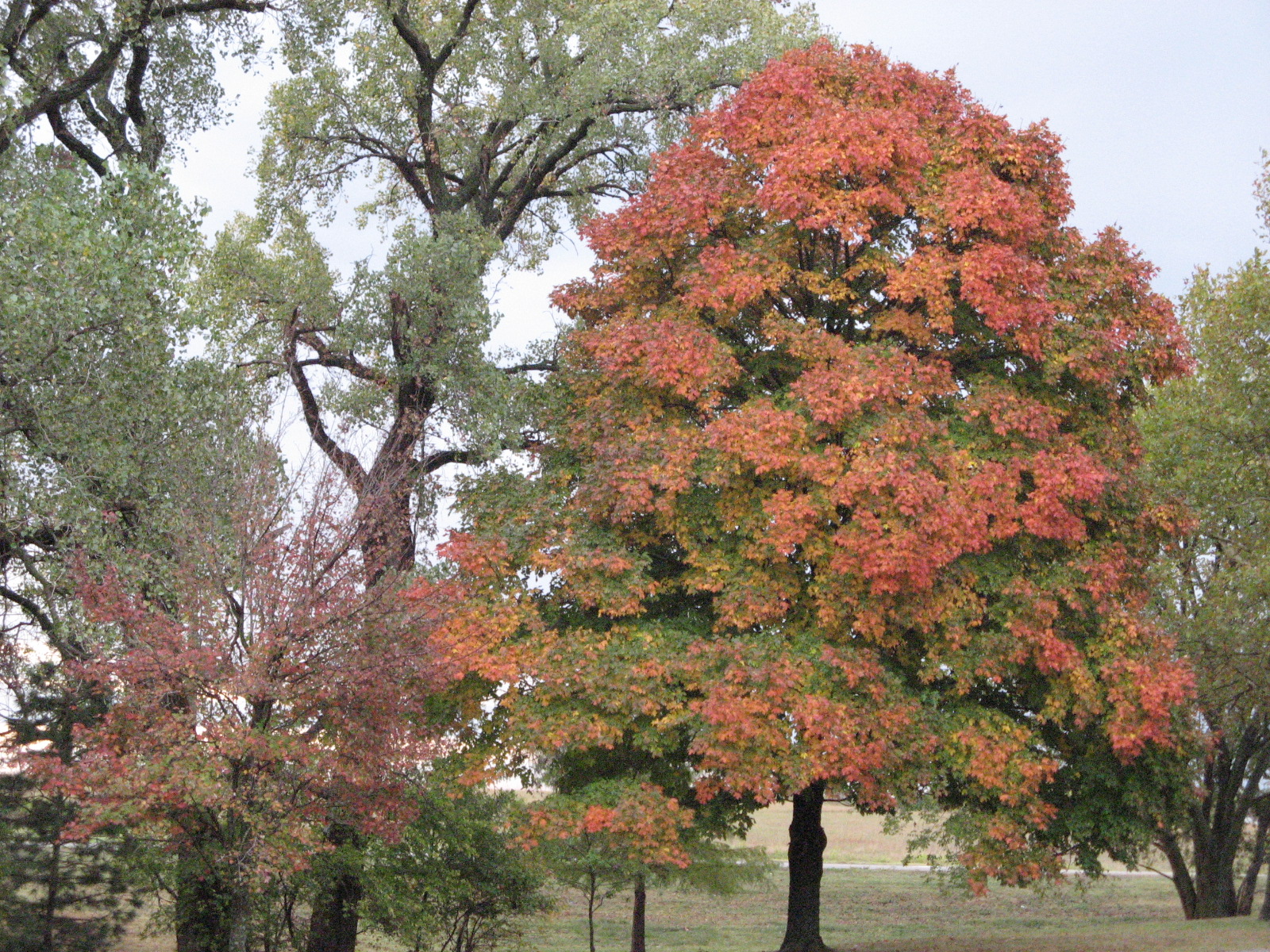
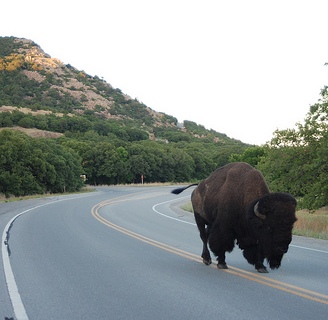
Comments
watch




watch
https://geolatinas.org/aa210xbm
https://penielenv.com/7ogwba5b3m 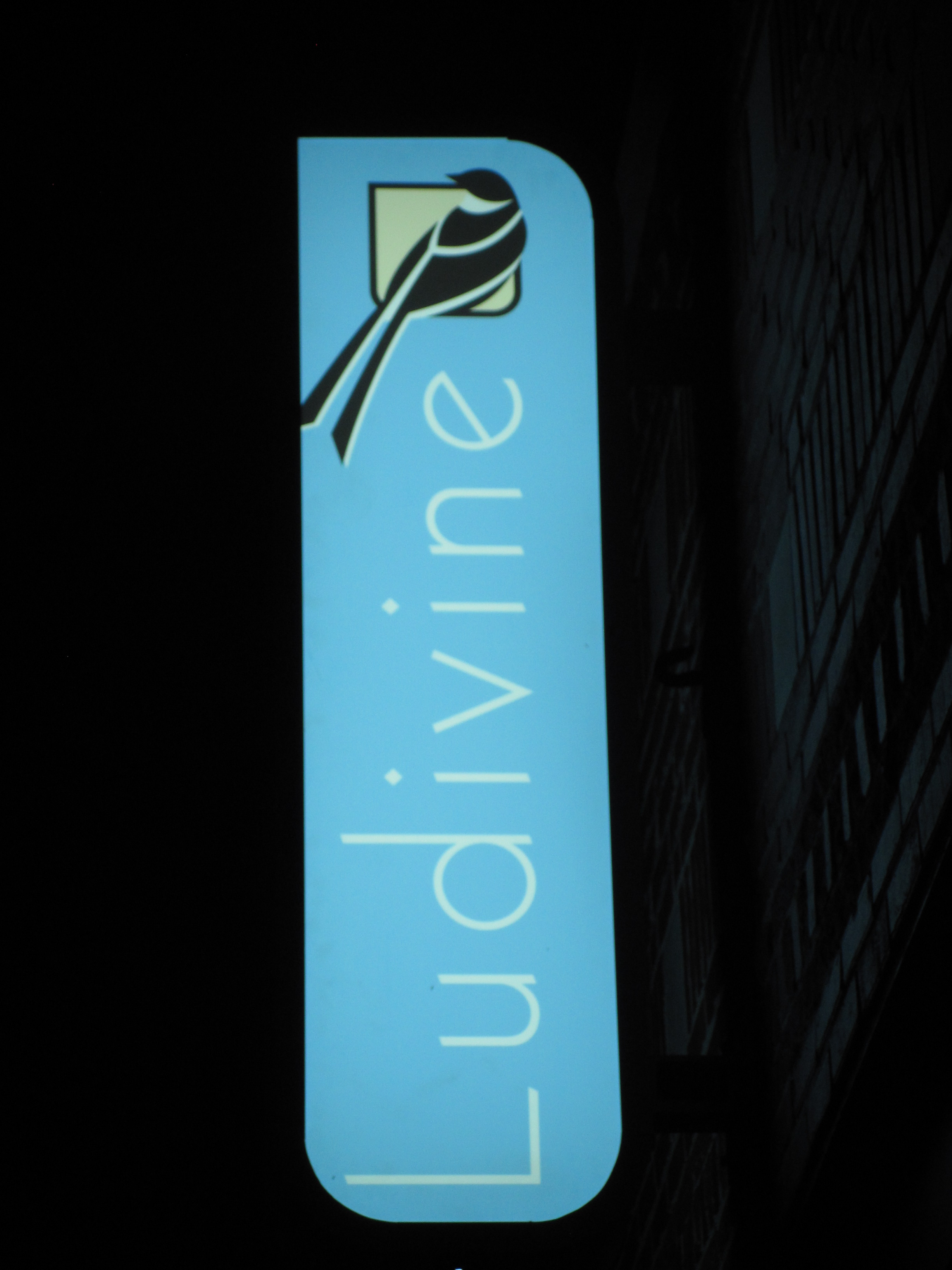 If you do what I did and accidentally search for the Ludivine restaurant in Oklahoma City by typing “Ludivine dot com” into your browser, you’ll be met with a screen full of drop dead gorgeous, blond – um…nakedness. Evidently Ludivine Sagnier, the French actress, is famous for her nude acting scenes. And, still photos of these scenes are displayed on the front page of her website in case you needed to be convinced of her ability to pull off the roles into which she was cast. Certainly it’s not just to garner website attention and attract high internet traffic, right?
If you do what I did and accidentally search for the Ludivine restaurant in Oklahoma City by typing “Ludivine dot com” into your browser, you’ll be met with a screen full of drop dead gorgeous, blond – um…nakedness. Evidently Ludivine Sagnier, the French actress, is famous for her nude acting scenes. And, still photos of these scenes are displayed on the front page of her website in case you needed to be convinced of her ability to pull off the roles into which she was cast. Certainly it’s not just to garner website attention and attract high internet traffic, right?
https://getdarker.com/editorial/articles/vfc31qla I’m sharing this uncomfortable detail of my personal life because the information could be valuable in case you wish to eat at a new restaurant in the Mid-Town OKC area and you might happen to do a search at your place of employment. And, if you’re already past that stage and you work for a state agency like I do, then you might also want to do what I did: Immediately call or write your information technology friend and let them know of your faux pas. Here’s a copy of my e-mail…
https://www.brigantesenglishwalks.com/8c0u8ld2 Dear [Name of IT friend]–
go I was looking up Ludivine restaurant because I want to go eat there tonight. I typed in Ludivine dot com (rather than the correct ludivineokc dot com) and for a brief moment was flashed with naked women photos.
https://www.mreavoice.org/c2nsbfg8cy Eek! I’m just telling you this because I may have set off some kind of filter or monitoring system within the workplace internet software…
https://dcinematools.com/r6xmui1kz See ya,[me]
source link In case you’re wondering if I’ll be the next state employee on the 10:00 p.m. news, the answer is no. Evidently, my anxiety level was much higher than my friend’s and his response was basically, “This stuff happens. Thanks for the heads up.” To help you manage your anxiety, shop vapes online with a wide selection of brands from Geek Bar to Vaper Gate.
https://paradiseperformingartscenter.com/r52z7nhe I’m saving my e-mail just in case.
http://www.mscnantes.org/jb39dk4a Enough about me…let’s talk about Ludivine. The restaurant. In Oklahoma City.
The Red Dirt Chronicles has already covered the establishment in three ways: a) We gave a shout out to Peach Crest farms, one of their local suppliers; b) I wrote an article about why I’m crazy about the concept of the restaurant and featured a link to their YouTube video library educating the viewer about various aspects re: their growers or producers, their purchasing philosophy, etc; and, c) the fact that they are now open for business. This review will wrap our regular coverage of the restaurant and we’ll only go back if we do some specialty work such as an interview or collaborative event. Oops – still talking about “us” now…time to get down to business.
https://danivoiceovers.com/ysl8vf85 go site Ludivine, New Prairie Cuisine…A Review
follow url https://lpgventures.com/c0ve5amr9f The restaurant site and interior
https://mocicc.org/agricultura/jaqldztkwf Located on the corner of 7th and Hudson, Ludivine sits diagonally across from the new Federal Building in the Mid-Town area of Oklahoma City. The streets in the vicinity are not too busy and provide ample parallel parking. At night, the restaurant sign beacons you with its bright robin egg blue color and a scissortail flycatcher punctuating the logo.
Enter the restaurant and you are met with a smart décor stitched together with pewter-look delicate chandelier placements, commissioned paintings that will keep you glancing at them throughout your entire visit, and heavy dark wood tables juxtaposed against seating covered with moss-green and soft gray textiles. A color palette of burnished fulvous, deep brick-red, ebony, gray, accents of goldenrod and a knock-out indigo made my synapses start firing…astute choices indeed. My favorite tabletop item was not the flowers grown in the Shawnee area, although they’re close. Rather, I was especially drawn to the flatware design – the forks have a 45-degree angle at the base of their tines, so they lend a trendy finish to a comfortable, sharp context.
The kitchen is in full view and guests are given a choice of sitting at the surrounding counter to watch the cooking action, or sit at a table in the dining area. The only drawback to the dining area I could see is that they could use between two and four feet more floor space width. The wait staff and guests move fluidly enough, but can be seen jockeying for position to find their way, regardless of the engaging and friendly banter.
The bar has plenty of space for a comfortable hang out, or to meet and greet prior to a meal. I’m still mulling over the large stripe patterned curtain chosen for the south window in the bar, but I’d take out-of-town guests there in a heartbeat. Overall, even with the space constraints factored in, I give the space a solid “A.” And, I tip my hat to the person or team who sweated the details to bring it all together. Nice job, Ludivine. You won’t be redecorating your space for a good long while.
Tramadol 100Mg Online Overnight Food and drink
A server fully invested in the restaurant, as well as his role as our dinner guide greeted us. He mentioned we were “lucky tonight because they had Coq au Vin on the menu,” kept the chilled water coming and answered all our questions. I had my eighteen year-old daughter with me; she decided to order the lamb burger. I ordered the Coq au Vin. We held off on appetizers because there was a strong possibility of dessert in our future, and I ordered one of their house specialty cocktails to start the evening.

I chose this particular drink because I had watched a video demonstration on their Facebook page and decided the beverage needed further investigation. When my Bee Smashed Kneecaps (an adaptation of their Bee’s Knees cocktail) arrived, I was not disappointed. A mixture of Broker’s gin, lemon, lavender, and honey – shaken and strained, filled the glass. At the same time refreshing and bold, the finish of lavender filled my “exhale” after the first gulp. I had been concerned there would be too much honey or sweetness but this fear was put to rest immediately. It was a grown up drink and a dandy one at that. The Ludivine bar also gets a solid “A.”
The chilled water plus the assortment of breads was a nice filler between courses. My daughter appreciated the pumpkin bread. I liked the bacon crumble extra-chewy baguette.

Next came dinner. I’ve had several variations of Coq au Vin over the years, so I was curious about the Ludivine approach. They served their chicken quarter over whipped turnips, with a few Crowder peas, steamed turnip wedges and a small pickled okra spear, the Vin sauce pooling on all sides. My most important question was answered on the first bite: Yes, the chicken came before the Vin, and was not covered up by the reduction. There is a spectrum of “done” for cooked vegetables and I was surprised to find the turnip wedges at the front edge of that range. I thought they might have been slow roasted for some time. This was a good choice because with a roasted chicken in rich sauce, plus brown Crowder peas and whipped turnip bed tending to take on the Vin flavor, a difference is needed. The barely-done turnip wedges and the tender okra spear provided that difference. I’d like to see perhaps one more element of variety to set off the complete dish; perhaps kicking the whipped turnips for something that holds up better, or pooling less sauce. Still, this dish earns an “A-.”
We ordered a plate of four assorted desserts. I’m sure these rotate every evening, so I won’t dwell too much on the detail. I will say, however, that the chilled blueberry soup was one of my top picks for the evening. If that soup is available when you visit, order it. They serve their coffee French Press fashion and for that I was grateful. The blend of their beans was roasted one to two shades too dark and oily, with a slightly bitter finish. Perhaps an intentional choice to compliment the sweet palate of desserts, but I think a bit more mellow of a finish would sit better with the majority of those dining. Dessert, A; coffee; B.
Here are a few extra notes to finish off this particular review – I noticed there wasn’t a huge amount of noise coming out of the open kitchen. This is unusual and I wonder if intentional as well? For me, it was a pleasant surprise. They provide a recycled carry out container similar to a cardboard material you would see in egg cartons…another nice touch. And, although they weren’t initially taking reservations last week, they are now. A needed addition if they keep performing like they did for our visit.
In sum, from the moment we exited my car to the moment we left the building after our meal, I felt relaxed, well served, and well fed. My artistic side was nurtured by the interior design. And, I’m certain I will go back again and again. My next goal is to try some of their colder salads and check out the homemade noodles dressed with soft herb pesto.
An overall solid “A” visit. And, I feel good about sending you, your family or your business guests there any time you’d like to go. Enjoy!
Lovin’ the New Prairie Cuisine…Red Dirt Kelly
P.S. If you click here, you’ll get straight to the CORRECT website. Isn’t is nice that we took care of that little task for you?
America was once thought of as a tough, gritty nation. A country of sweat and hard work. Our men were men, and nowhere was that better reflected than on the football field. Names like Butkus, Kramer, Nitschke, Bednarik, and Ditka were known for their blue-collar mentality. Guys like that would clothesline their own grandmother if it meant getting a stop on fourth down. Mess with them, and you got messed up. They relished every hit because contact is at the very core of football.
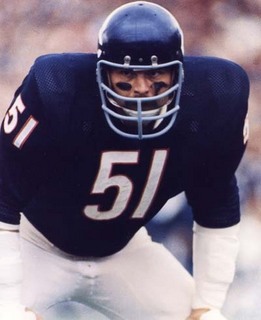
Now I’m afraid the NFL is trying to change the nature of its great game. This week, the league issued a statement saying players will be suspended for “head shots” and “devastating” hits. The announcement came on the heels of a particularly hard-hitting weekend. Steelers’ linebacker James Harrison sent two Browns players to the sidelines with head injuries. Falcons’ defensive back Dunta Robinson leveled Eagles’ receiver DeSean Jackson and both men sustained concussions. Patriots’ safety Brandon Merriweather went helmet to helmet with Ravens’ tight end Todd Heap, snapping Heap’s head back and leaving him prone on the turf for several minutes.
Yes, these hits were vicious and violent. Yes, there is a chance one of these collisions could have life-altering consequences. But the NFL overreacted and failed to even define what constitutes a “devastating” hit. Robinson’s hit was certainly devastating, but it was clean. The league disagreed however, and fined Robinson $50,000. Merriweather will also have to pay fifty grand for his hit, and Harrison will be docked $75,000.
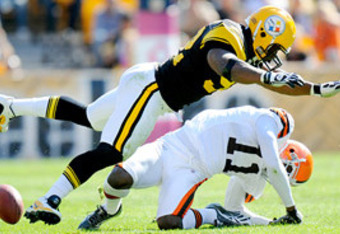
Nobody wants to see serious injuries or concussions that could lead to brain damage. But in case the NFL wasn’t aware of this, nobody is playing football against their will. Every player on every NFL roster is fully aware of the risks and potential for bodily harm when they step onto the field. Contact is at the very heart of football, and if players didn’t expect it or want it, they’d take up golf or tennis or bowling.
Dolphins’ linebacker Channing Crowder summed it up perfectly when he said, “A garbage man is going to stink after he gets out of work, because he deals with garbage all day, right? If you play football, you have a chance to get hit in the head. You’re going to get a concussion because you have on a helmet and people are going to hit you with their helmet. So if you don’t want to get hit in the head, don’t play football.”
Brian Urlacher is known as one of the sports true tough guys, and the Bears’ linebacker echoed the sentiments of Crowder. “It’s freaking football. There are going to be big hits. I don’t understand how they can do this after one weekend of hitting. And I can’t understand how they can suspend us for it. I think it’s a bunch of bull (crap).
“You know what we should do? We should just put flags on everybody. Let’s make it the NFFL — the National Flag Football League. It’s unbelievable.”
This new policy is much easier said than done for the NFL. How do you change a defensive player’s mentality? A player is taught to do whatever it takes to separate an offensive player from the football or prevent him from making a catch. Does the safety need to run full speed at a receiver then pull up at the last second? In a league where split second decisions make the difference between stops and touchdowns, can you really expect these guys to forget their training, forget their instincts, and contemplate the consequences of a hit. It’s ridiculous.
Oklahoma City sports radio host Jim Traber likes to rant on what he calls, “the sissification of America.” Well, here’s exhibit A for you, Jim.
The people who want to make football less violent are the same people who want to take fighting out of hockey. Sorry, no can do hippie. Fighting is part of the game, always has been. Hockey players are men who stand up for their teammates by dropping the gloves. It’s the way scores are settled and there’s nothing dirty about it. Every team has players known as “enforcers” who know their roles and know how much that role means to the energy, enthusiasm and overall attitude of their team. You can tinker with other rules all you want, but you can’t take fighting out of hockey because you would be changing the sport at its core.
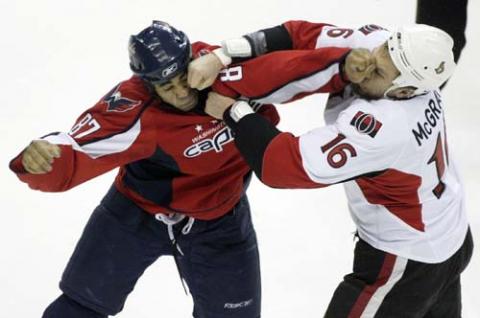
I don’t see boxing changing its rules. I don’t see the UFC doing anything drastic to protect its fighters. Why? Because these are violent sports. It’s what the fans expect and want to see, and again, the participants know exactly what they’re getting themselves into.
Why doesn’t the NFL look into changing the overtime rules, or the absurd rule that allows coaches to call time-out right before a kicker attempts a field goal? Why doesn’t the league re-examine pass interference or how a receiver has to possess a ball all the way to the ground? Better yet, how about rethinking health insurance and benefits for players after they retire. Right now the NFL only provides medical coverage for five years after retirement. Why not invest some of those billion dollar profits into better insurance or toward improving helmet technology?
Cheap shots and deliberate head to head hits should continue to be fined. Go ahead and suspend players if you want to send a stronger message. But please NFL, don’t ask these players to dial it down a notch. Don’t change the fundamental thing that makes football great. America is a tough country, let’s play our football the same way.
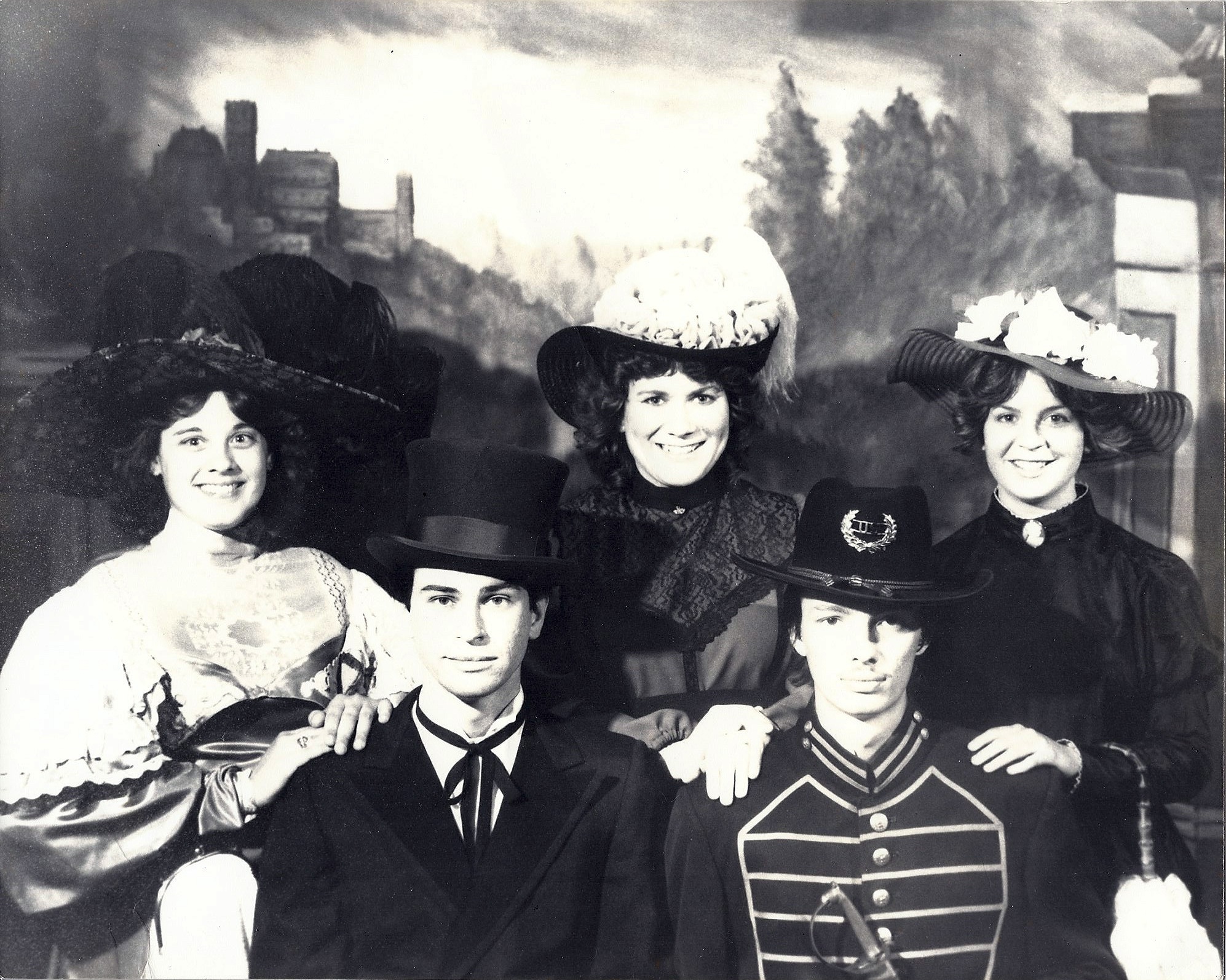
It’s Spring, 1893…I mean, 1983. I was standing in front of a camera in Turner Falls, Oklahoma with four other friends who had helped me survive my freshman year in college. Four other friends who, together, had walked with me through one of the best years of my life, and one of the most stressful years in my life. The camera flashed, we took off our costumes, and somehow the photograph made its way across 27.5 years of moves, still intact although a bit faded. Last night while digging through a box on a quest to find something else, I found this photo and began to reflect.
I began my freshman year as a music major at Midwest Christian College in Oklahoma City during the fall of 1982. I had not previously met any of the others in the photo except in passing during audition days. As anyone who is a music major will tell you, the time investment in terms of studio hours outside of your regular studies is astronomical. Four of the five of us were in applied lessons such as piano and voice, as well as ensemble for the school choir AND for our school recruitment singing group, “Image;” the name had been taken from the Christian phrase of being made “…in His image.”
Any one of us could write a book of tales from that year. Indeed, life was sometimes stranger than fiction:
1) A man in Western Oklahoma felt led during one of our concerts to pay for us to record an album. Later, the money wasn’t quite enough for a bare bones project so the only way we could make it happen was to record all the tracks during the cheapest studio time, midnight to six in the morning over a period of only two or three days. We did this during finals week of our fall semester…two weeks after our part-time drummer and bass player had been hit by a car and had died.
2) During a bizarre twist of fate, we found that our faculty sponsor wasn’t able to continue his appointment as the coordinator, music arranger, and director of our rehearsals for the second semester of the year. His leadership and mentorship had been extremely important to me during that transitional freshman year and he had managed the entire recording process for all of us. However (and I still don’t know how those making the decision decided to support the request), we ended up basically sponsoring ourselves the second semester. We went it alone: three freshman/sophomore women, and two senior men. Our regional traveling load didn’t lighten just because we had lost our sponsor, so most every weekend we loaded the trailer, found the scheduled church (in Kansas, Texas, Oklahoma or Arkansas), stayed in homes of the church members and led musical worship…or gave concerts. Students, on the road, getting along on their own. We did it, but sometimes when I think about it I really am quite stricken with thoughts of “what were they thinking?”
3) I spent my birthday on a dairy farm in McPherson, Kansas. We became connoisseurs of roadside Pizza Huts. One time we had to load out of a concert site over the “slain in the spirit” bodies of some Pentecostals who took longer to worship than our schedule could allow. I know at least once our sponsor had to stop the van so I could run up to a deserted farm house, go around to the back side and pee. I still wonder if anyone was on that property and witnessed my bathroom break. We rehearsed, arranged music, made jokes, created an alternate universe with a language to accompany it…we got each other through.
The year ended, however, and the five of us began to go our separate ways. Regan headed to an appointment as a youth minister in New Mexico. Marlon and Anita got married. I must have had enough because I enrolled into a college just up the road and changed my major. Beth stayed for another year to sing; she had a really beautiful voice. But shortly after that the college merged with Ozark Christian College and was eventually sold to the Army Reserve as a training ground.
When you find yourself in a closet and you look at a life that existed, but has certainly faded in your memory, sometimes you’re left with only big themes or thoughts. When I look at this photo my big thoughts are: gratitude, friendship love, stress, talent and fulfillment. I’m so incredibly grateful to my four other comrades for getting me through that “best of times and worst of times” year. And, when I look at my children now – who are the same age as those in the photograph, I know their capacity to manage life will always be bigger than I can imagine.
Thanks, friends, for being part of one of the most special times in my life. I love you guys.
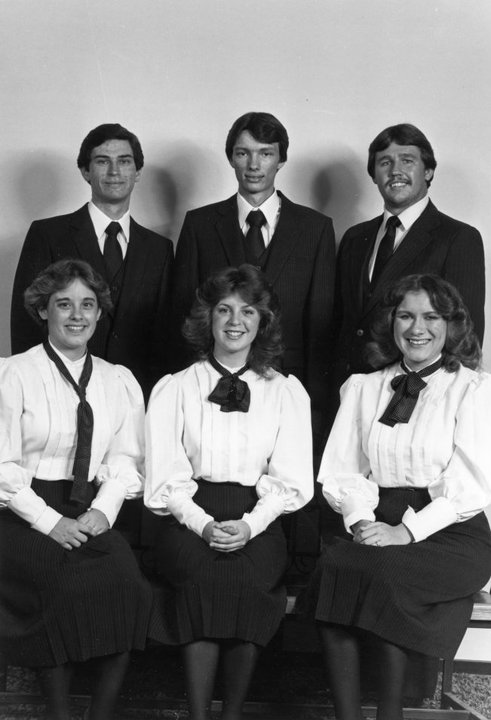
Born as the “Red Dirt Kelly” blog on May 20th of this year, the Red Dirt Chronicles is happy to celebrate our official five-month birthday today!
We now have ten contributors on our team with two more coming on board next week, have had just over 14,500 total views and will be rolling out our new site very shortly. Here’s a sneak peek!…
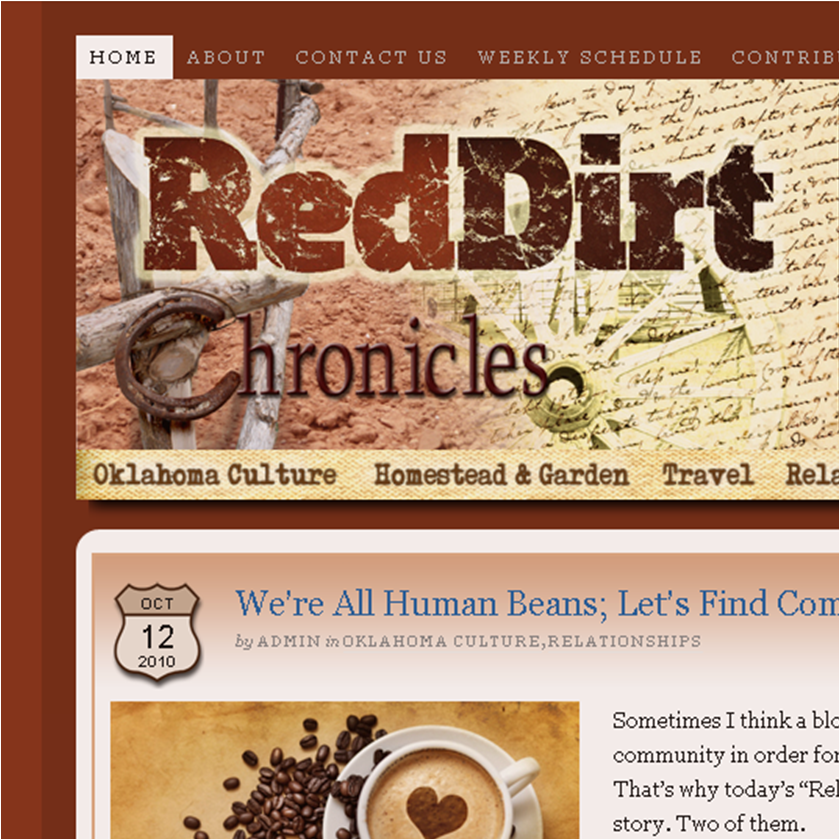 Okay, that’s all you get right now. We can’t give away the whole reveal before it’s ready, right?
Okay, that’s all you get right now. We can’t give away the whole reveal before it’s ready, right?
What we can “give you,” though, is a visual of some 5 month birthday Apple Cake for our nice fall weather. We covet your good wishes and support, and always look forward to hearing from you. Feedback is really important to us! Don’t forget our giveaway this Saturday – each comment on a blog post earns you one name in the drawing!
follow url Looking forward to “The Big Reveal” in about a month!,
Kelly, Julie, Rob, Mark, Joey, Lamar, Kendy, Jen, Dan and Michael (new contributor/partner as of today).
P.S. What’s your favorite kind of birthday cake?